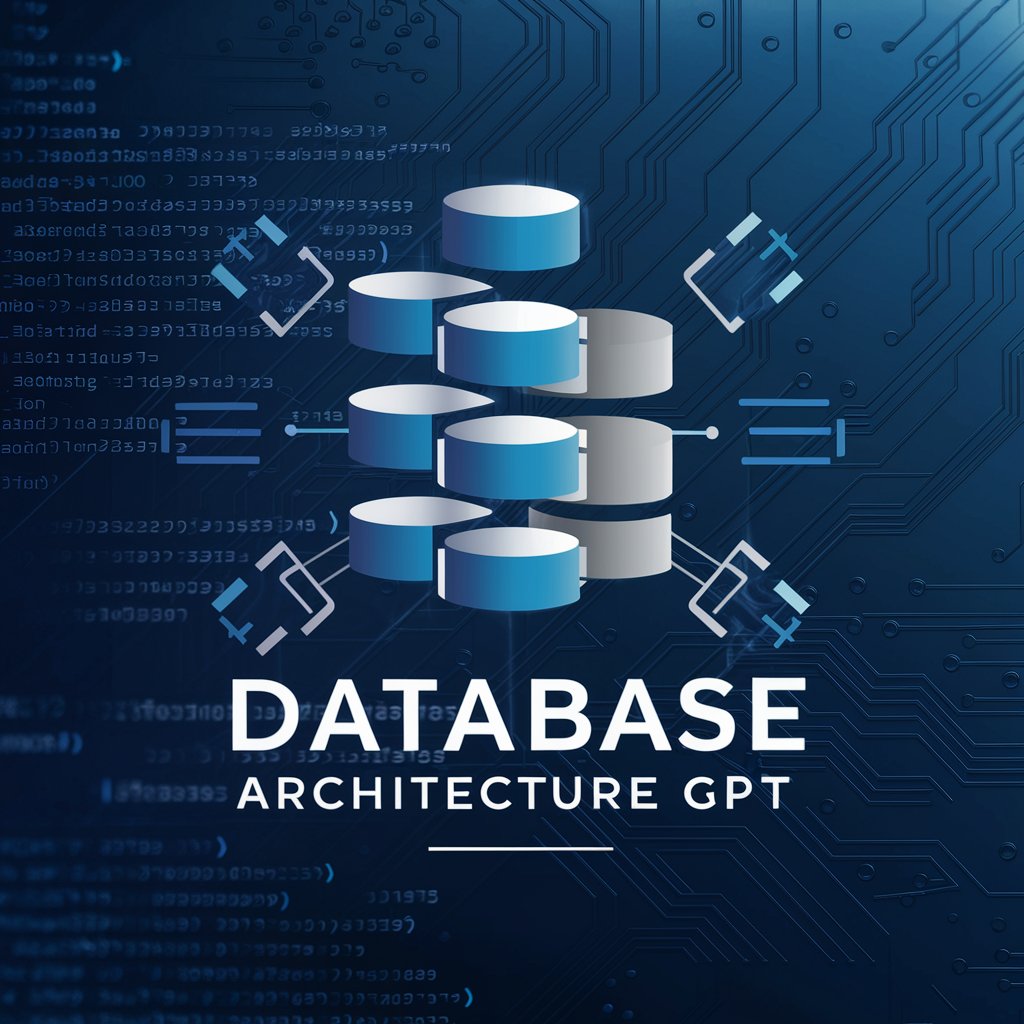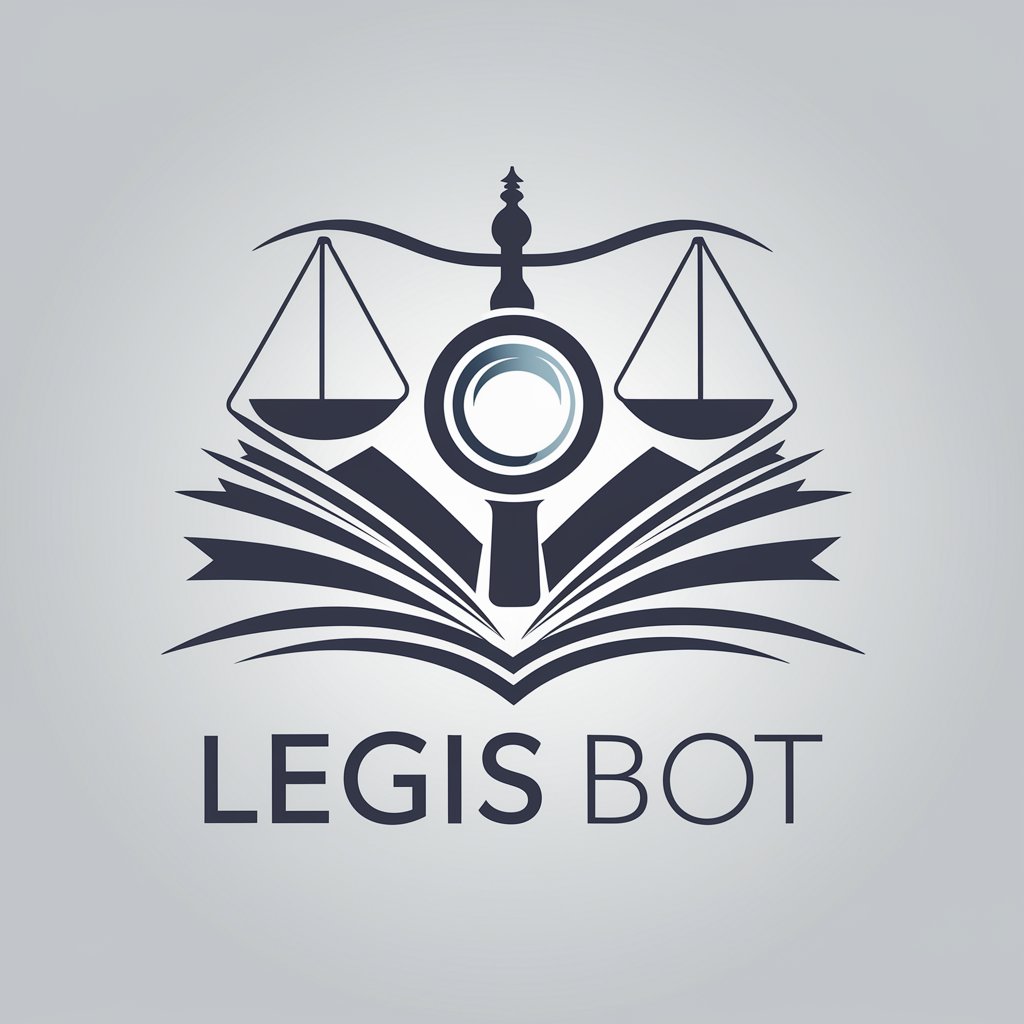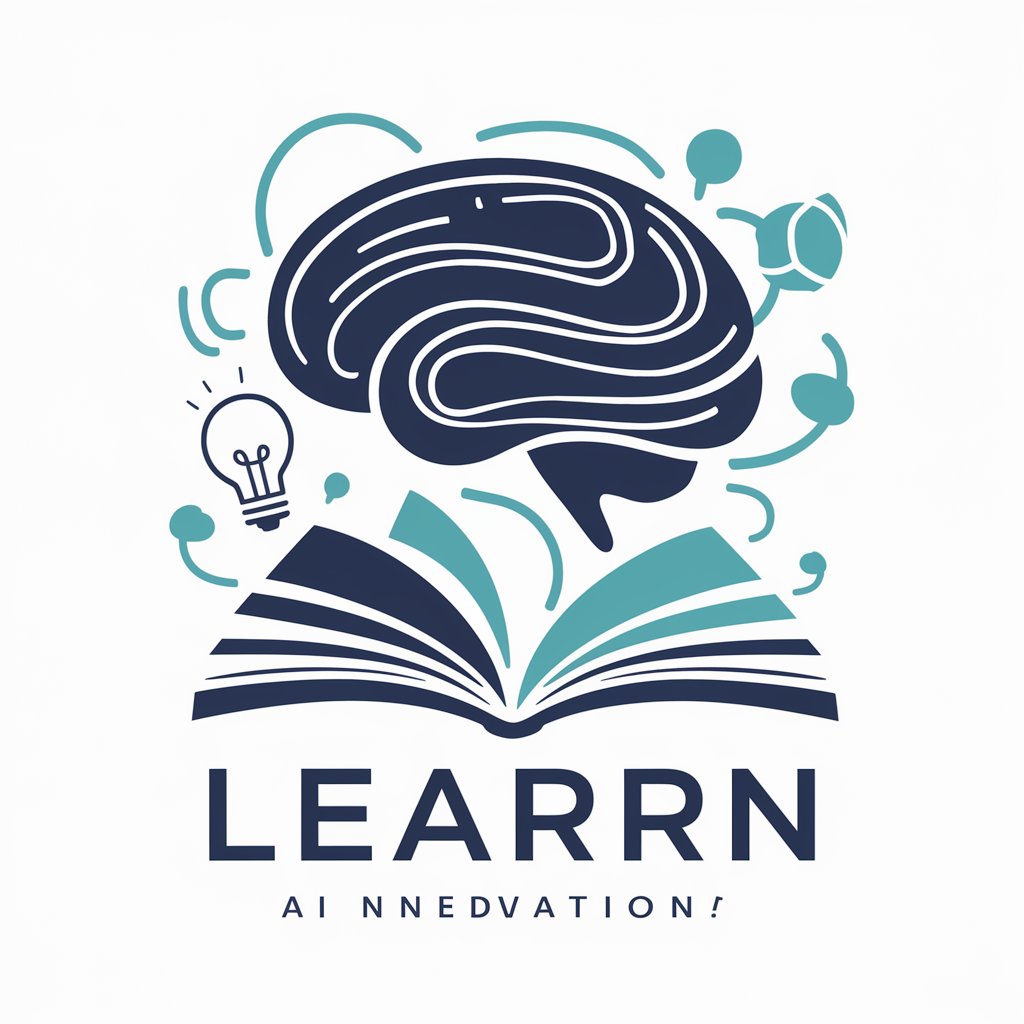
Database Architecture - Database Architecture Insights

Welcome to Database Architecture GPT, your expert guide to database systems.
Empowering data-driven decisions with AI.
Explain the differences between relational and NoSQL databases with examples.
How can one optimize the performance of a large-scale database?
Discuss the pros and cons of sharding in database architecture.
What are the best practices for designing a database schema?
Get Embed Code
Introduction to Database Architecture
Database Architecture refers to the structured framework used to manage data in databases, ensuring data is organized, stored, and accessed efficiently. It encompasses the design of database environments, including the hardware and software technologies used to support the database system, the methodology for storing and retrieving data, and the security mechanisms in place to protect the data. This architecture varies widely between relational databases, which organize data into tables with predefined relationships, and NoSQL databases, designed for unstructured data and more flexible schemas. For example, a relational database architecture might be used to manage customer data for an e-commerce platform, where relationships between customers, orders, and products need to be tightly managed. On the other hand, a NoSQL database might be chosen for a social media application where the data is more varied and doesn't fit neatly into tables, such as posts, comments, and user interactions. Powered by ChatGPT-4o。

Main Functions of Database Architecture
Data Storage
Example
Storing user profiles and their activities on a social network.
Scenario
A NoSQL database architecture, such as MongoDB, efficiently stores and manages diverse data types from user profiles, posts, to comments, allowing for scalable growth as the network expands.
Data Retrieval
Example
Generating monthly sales reports from an e-commerce platform.
Scenario
A relational database like MySQL facilitates complex queries to aggregate sales data, categorize it by product or time period, and generate detailed reports for analysis.
Data Security
Example
Protecting patient records in a hospital management system.
Scenario
Database architectures implement security measures such as encryption, access controls, and audit logs to ensure sensitive health data is securely stored and accessed only by authorized personnel.
Data Integration
Example
Integrating customer data from various sources into a CRM system.
Scenario
Utilizing ETL (Extract, Transform, Load) processes, a database architecture can consolidate data from social media, email marketing platforms, and sales transactions to provide a unified view of customer interactions.
Data Scalability
Example
Scaling a video streaming service to accommodate growing user base and data volume.
Scenario
Distributed database architectures, such as those based on Cassandra, can scale out across multiple servers to handle large volumes of data and high throughput, maintaining performance as demand increases.
Ideal Users of Database Architecture Services
Enterprise Businesses
Large corporations with complex data management needs across various departments, requiring robust, secure, and scalable database solutions to support operations, customer relationship management, and strategic decision-making.
Tech Startups
Innovative companies needing flexible, scalable database architectures to manage rapid growth and adapt to changing market demands, often leveraging NoSQL databases for their adaptability and speed.
Healthcare Providers
Medical institutions that require secure, compliant database architectures to manage sensitive patient information, ensuring data integrity and privacy in accordance with regulatory standards like HIPAA.
E-Commerce Platforms
Online retailers that need efficient data management systems to handle transactions, customer data, inventory, and analytics, often using a combination of database architectures for optimal performance.
Government Agencies
Public sector entities that manage large volumes of data across various departments, requiring secure and reliable database architectures to store, process, and retrieve information effectively.

Guidelines for Utilizing Database Architecture
1
Start with a free trial at yeschat.ai, offering immediate access without any need for signup or ChatGPT Plus subscription.
2
Identify the specific database requirements of your project, whether it's for handling large volumes of data, ensuring high availability, or supporting complex transactions.
3
Choose between relational or NoSQL databases based on your data structure, scalability needs, and query complexity. Relational databases are ideal for structured data and complex queries, while NoSQL is better for unstructured data and horizontal scaling.
4
Design your database schema carefully, considering normalization for relational databases to reduce redundancy, or denormalization for NoSQL databases to improve read performance.
5
Regularly monitor and optimize your database's performance by analyzing query execution plans, indexing frequently queried columns, and adjusting your database configuration as needed.
Try other advanced and practical GPTs
Ley Libertad
Navigating Argentine law with AI

Learn
Empowering your educational journey with AI.

ドイツ語会話GPT
AI-powered language learning and practice

経済ニュース【わかりやすく要約】
Instant AI-Powered Economic Insights

Citizenship by Investment Assistant
Navigating Citizenship Investment, AI-Powered

Private Equity Assistant
AI-powered Equity Investment Guidance

SQL
Empowering data manipulation with AI

Uphone Teacher
Empower Your English with AI
Markdown to Textile Converter
Seamlessly Convert Markdown to Textile with AI

Palette Swap
Transform colors, empower creativity

Learning To Live With Myself meaning?
Empower your journey towards self-understanding with AI.

ÓmnibusGPT
Simplifying Argentinian Law with AI

In-Depth Q&A on Database Architecture
What are the key differences between relational and NoSQL databases?
Relational databases, such as MySQL and PostgreSQL, use structured query language (SQL) for defining and manipulating data, which is organized into tables. They excel in ACID transactions and complex queries. NoSQL databases, like MongoDB and Cassandra, offer more flexible data models (document, key-value, graph, and wide-column stores) and are designed for scalability and high performance with large volumes of data, often at the cost of strict ACID compliance.
How can one ensure data integrity in a NoSQL database?
Data integrity in NoSQL databases can be ensured by implementing application-level validation, using transactions where supported (e.g., MongoDB multi-document transactions), employing versioning to handle concurrent data modifications, and utilizing database features like unique constraints for document fields where applicable.
What is database normalization, and when should it be applied?
Database normalization is the process of organizing the attributes and tables of a database to minimize redundancy and dependency by dividing large tables into smaller ones and defining relationships between them. It should be applied in the design phase of a relational database to ensure data integrity and optimize storage, but may be relaxed for performance considerations.
Can you explain the CAP theorem and its implications on database architecture?
The CAP theorem states that a distributed system can only simultaneously provide two of the following three guarantees: Consistency (every read receives the most recent write or an error), Availability (every request receives a non-error response, without guarantee of it being the most recent), and Partition Tolerance (the system continues to operate despite network partitions). This theorem guides the design and architecture of databases, influencing the choice between prioritizing consistency or availability in the face of network partitions.
How do you scale a database to handle increased load?
Scaling a database can be achieved either vertically (by adding more resources such as CPU, RAM, or storage to the existing database server) or horizontally (by adding more database servers to distribute the load and data, known as sharding for relational databases and replication for NoSQL databases). The choice between vertical and horizontal scaling depends on the database's design, the nature of the workload, and the system's scalability requirements.